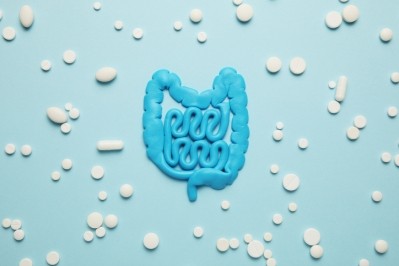Researchers develop novel model to predict complex gut microbiota dynamics

Having a deep understanding of the many dynamics of microbiota is imperative for the development of tailored microbiome-directed therapeutics treatments. However, the complexity of microbial variations due to interactions with the host, other microbes, and environmental factors present a number of challenges.
As a result, researchers from Chalmers University of Technology in Sweden have developed a novel mathematical model for the interaction of gut bacteria that could help design new probiotics and tailored diets to prevent diseases.
According to the report, the multiscale framework for COmputing the DYnamics of the gut microbiota (CODY) enables the quantification of spatiotemporal-specific variations of gut microbiome abundance profiles, without a prior knowledge of microbiome interactions.
Predictive power
The authors noted that importantly, the predictive power of CODY is demonstrated using cross-sectional data from two longitudinal metagenomics studies—the microbiota development during early infancy and during short-term diet intervention of obese adults.
The studies involved regular measurements of health indicators, which the researchers compared with the predictions made from their mathematical model. These predictions proved to be highly accurate in forecasting multiple variables, including how switching from liquid to solid food in the Swedish infants affected their intestinal bacterial composition.
They also measured how the obese adults' intestinal bacteria changed after a move to a more restricted diet. Again, the model's predictions proved to be reliably accurate.
"These are very encouraging results, which could enable computer-based design for a very complex system. Our model could therefore be used for creating personalized healthy diets, with the possibility to predict how adding specific bacteria as novel probiotics could impact a patient's health," said Jens Nielsen, Professor of Systems Biology at Chalmers, who led the research.
"The model we have developed is unique because it accounts for all these variables. It combines data on the individual bacteria as well as how they interact. It also includes data on how food travels through the gastrointestinal tract and affects the bacteria along the way in its calculations. The latter can be measured by examining blood samples and looking at metabolites, the end products that are formed when bacteria break down different types of food.”
The authors noted that in addition to predicting gut microbiota dynamics in feces, CODY also enables insight into the microbiome dynamics along the gut axis, and hence information about how exogenous factors drive in vivo microbiome adaptation and establish stability—which they point out is hardly measurable or predictable.
The data used to create the model has been gathered from many years' worth of pre-existing clinical studies. As more data comes in, the model can be updated with new features, such as descriptions of hormonal responses to dietary intake.
The opportunity
Nielsen believes this novel model could be a potential asset for the development of probiotics and in personalized health.
"Changes in the bacterial composition can be associated with or signify a great number of ailments, such as obesity, diabetes, or cardiovascular diseases. It can also affect how the body responds to certain types of cancer treatments or specially developed diets."
Nielsen and his research team plan to use the model directly in clinical studies. They are currently involved in a study along with Sahlgrenska University Hospital in Sweden, where older women are being treated for osteoporosis with Lactobacillus reuteri. It has been seen that some patients respond better to treatment than others, and the new model could be used as part of the analysis to understand why this is so.
Similarly, the model could prove useful to help explain why some cancer patients respond better to immunotherapy.
"This would be an incredible asset if our model can begin to identify bacteria that could improve the treatment of cancer patients. We believe it could really make a big difference here," said Nielsen.
Nerd out
The source code of CODY is freely available together with full documentation at https://github.com/JunGeng-Sysbio-Chalmers/CODY1.0_SourceCode.
Source: PNAS
doi.org/10.1073/pnas.2019336118
“CODY enables quantitatively spatiotemporal predictions on in vivo gut microbial variability induced by diet intervention”
Authors: J. Geng et al.
















